
Congaree Swamp (S.C.) Stop 4 6
Episode
6
Video
Rudy and Jim find a young Bald Cypress tree, and a Papaw tree, which flowers in the early springtime.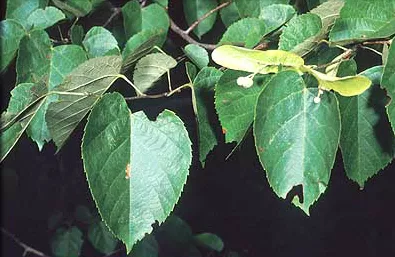

Video
Rudy and Jim find a young Bald Cypress tree, and a Papaw tree, which flowers in the early springtime.
Video
Oxbow Lake – A Laurel Oak tree has found a way to support itself in the muddy, wet soil. Water Tupelo trees, Bald Cypress trees, and Loblolly Pines dominate the areas closer to the swamp.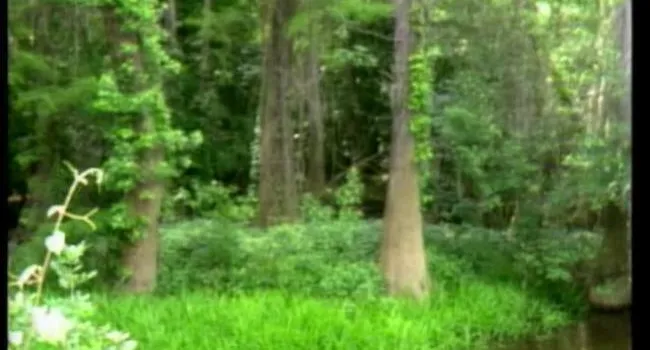
Video
Closer to the water, Rudy and Jim find more Cypress-Tupelo trees, and come across two Clubtail dragonflies in the process of mating.
Video
At this last stop at Congaree Swamp, Rudy and Jim find another Sweetgum tree, which grows very well in this wet, muddy environment. A record size Willow Oak tree, toppled over by the wind, knocked...
Video
Bulls Island was one of the most heavily damaged areas in South Carolina by Hurricane Hugo. Rudy and Jim visit Bulls Island to observe how nature is healing itself after the deadly hurricane. Here at...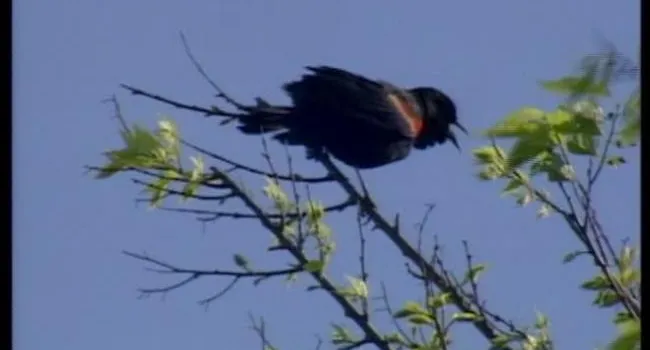
Video
At the same stop, Rudy and Jim come across a Northern Mockingbird, and a Red-Wing Blackbird perched in some nearby trees, making their distinctive bird-calls. Feeding on some nearby Dewberry flowers...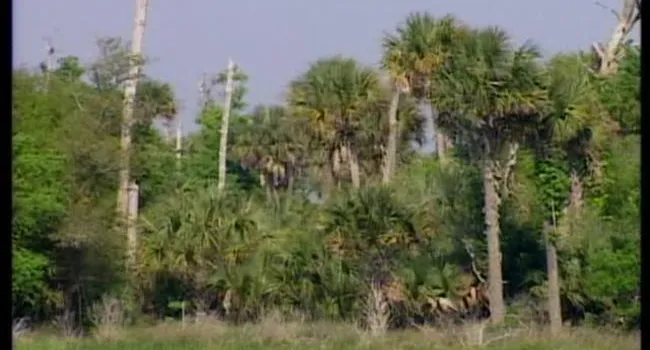
Video
On the other side of the impoundment we see the effects of Hurricane Hugo. The area once dominated by canopy trees like tall pines, are no longer there.
Video
Sandy soils – At this stop, we see Southern Magnolia trees, which help keep the sandy ground stable. With this one magnolia tree, Rudy and Jim find holes left behind by beetles, and woodpeckers which...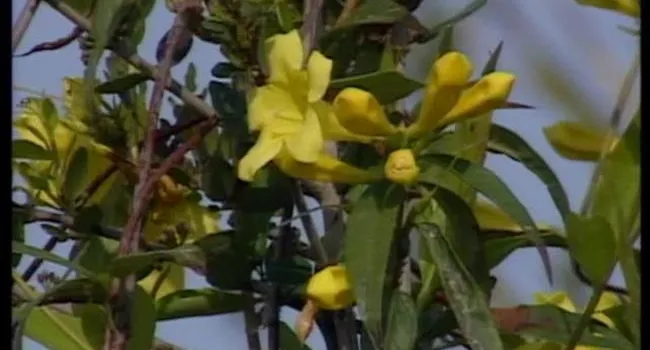
Video
At the same stop, vines and flowering plants can also be seen growing in this area. We see Yellow Jessamine, and Toadflax.
Video
Hurricane Hugo damage revisited – Here we see further evidence of damage caused by Hurricane Hugo. The tall canopy trees like pines, oaks, and palmettos have been stripped bare. Nature is slowly...